View all Standards for Alberta, Canada
16 make logical choices spontaneously within the boundaries of situation and character
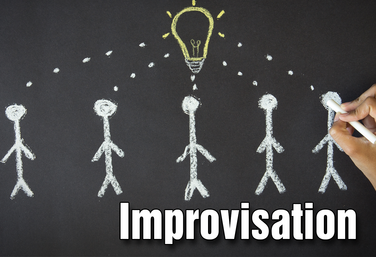
Part of the Drama One Curriculum
Improvisation
by Karen Loftus
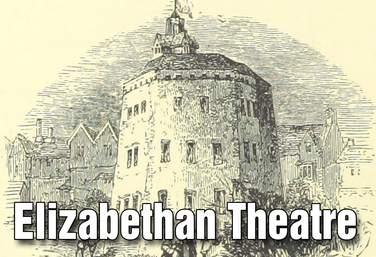
Part of the Drama One Curriculum
Elizabethan Theatre
by Karen Loftus
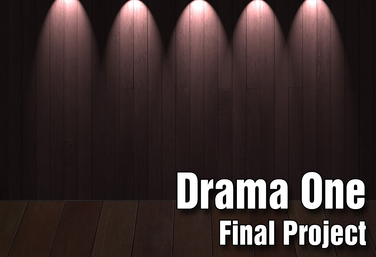
Part of the Drama One Curriculum
Drama One Final Project
by Karen Loftus
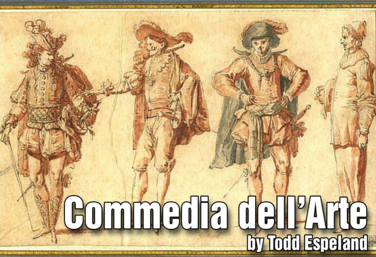
Commedia dell'Arte
by Todd Espeland
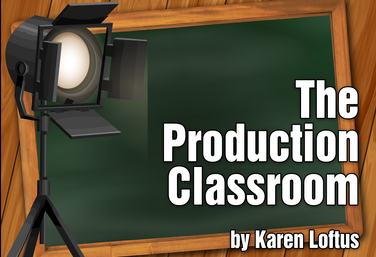
Part of the Production Classroom Units Curriculum
Production Classroom Units Overview
by Karen Loftus

Part of the Production Classroom Units Curriculum
Part One - Pre-Production
by Karen Loftus

Part of the Production Classroom Units Curriculum
Part Two - Rehearsal and Performance
by Karen Loftus

Part of the Production Classroom Units Curriculum
Part Two - Documents
by Karen Loftus

Part of the Production Classroom Units Curriculum
Part Three - Reflection and Assessment
by Karen Loftus
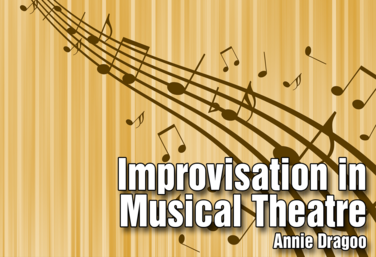
Improvisation in Musical Theatre
by Annie Dragoo
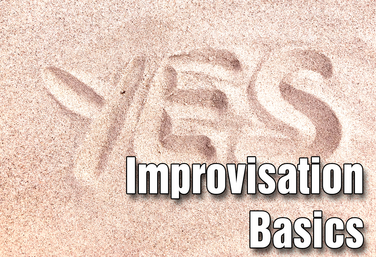
Part of the Middle School Curriculum
Unit Two: Improvisation Basics
by Lindsay Johnson
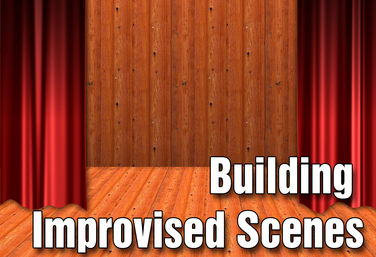
Part of the Middle School Curriculum
Unit Three: Building Improvised Scenes
by Lindsay Johnson
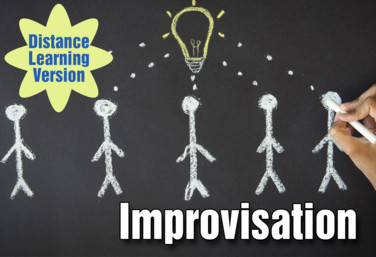
Part of the Distance Learning Curriculum
Improvisation
by Lindsay Price and Karen Loftus
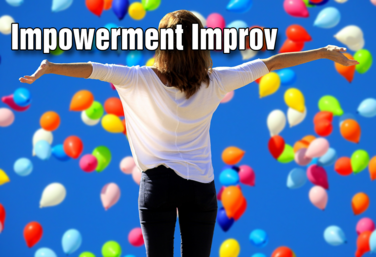
Impowerment Improv
by Jennine Profeta
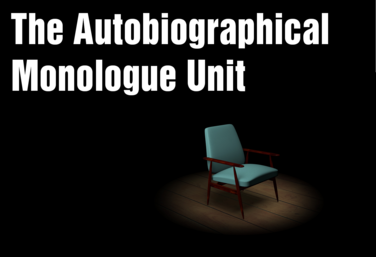
The Autobiographical Monologue
by Gai Jones
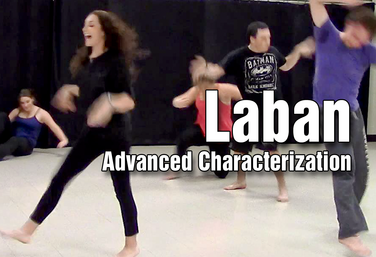
Laban: Advanced Characterization
by Todd Espeland

Working With Monologues For Rehearsal And Development
by Gai Jones
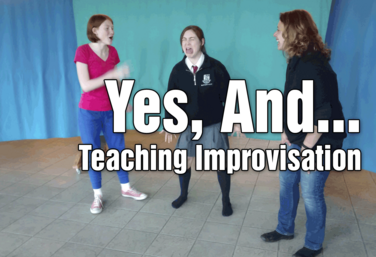
Yes, And... How to Teach Improv
by Jennine Profeta
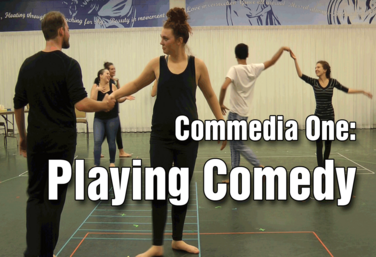
Commedia I: Playing Comedy
by Todd Espeland
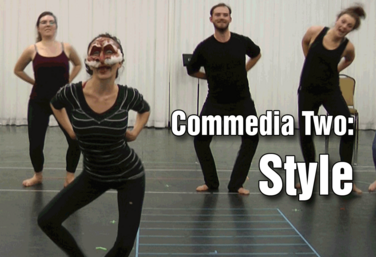
Commedia II: Style
by Todd Espeland
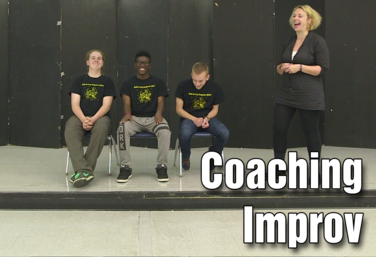
Coaching Improv
by Jennine Profeta

The Production Classroom
by Karen Loftus
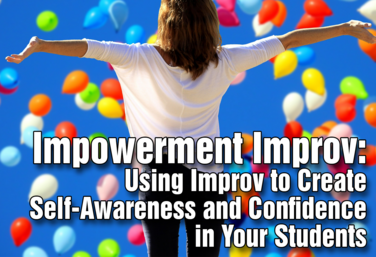
Impowerment Improv
by Jennine Profeta
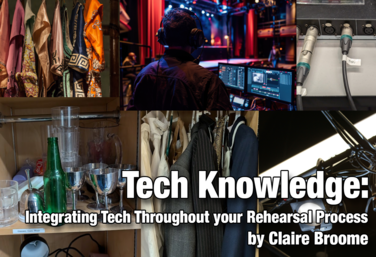
Tech Knowledge: Integrating Tech Throughout Your Rehearsal Process
by Claire Broome
View all Standards for Alberta, Canada Standards Master List